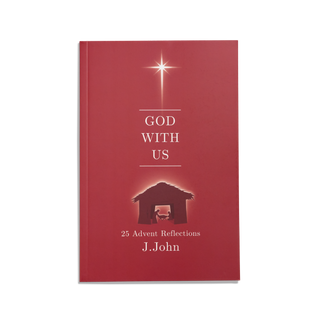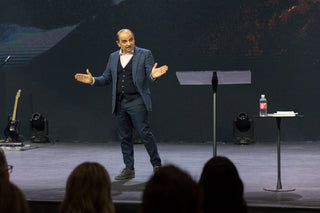Sixty years ago Dr Seuss wrote a little children’s book, How the Grinch Stole Christmas!, as a protest on the commercialism that he thought was destroying Christmas.
It’s become astonishingly famous and even those people who have never read the book are aware of the term ‘Grinch’ for a miserable, sneering person who hates fun and festivity.
The original story is of the Grinch, a solitary, grumpy and spiteful creature who lives outside the town of Whoville. Embittered by the villagers’ celebrations, on Christmas Eve he sneaks into the houses and steals all their presents, thinking that this will make them miserable.
The next morning the Grinch, anticipating cries of despair, hears celebration and realises that Christmas is about more than presents. His miserable heart – ‘two sizes too small’ – is replaced by a larger one. Returning the presents, he goes into the village and joins the festivities.
The story got the big-budget film treatment in 2000, with Ron Howard directing and Jim Carrey as the Grinch.
Neither the original book nor the film adaptation give any serious consideration to what Christmas is really all about, but they do clearly recognise what it isn’t about. With the Grinch’s recognition that Christmas is not something that can be bought, comes a miracle: his shrunken heart grows to three times its original size. It’s hard to argue with the view that, at Christmas, relationships are far more important than things.
The film points to two dangers. The first is that, like the inhabitants of Whoville, you can love Christmas but if you ignore the One who should be central to the season you will end up smothering Christmas with presents, choking it with festivities and strangling it with tinsel.
The second danger is, like the Grinch, to reject the whole thing. But to do that is in the deepest possible sense to throw the Baby out with the bathwater. And trust me, at Christmas that’s one really important Baby.




